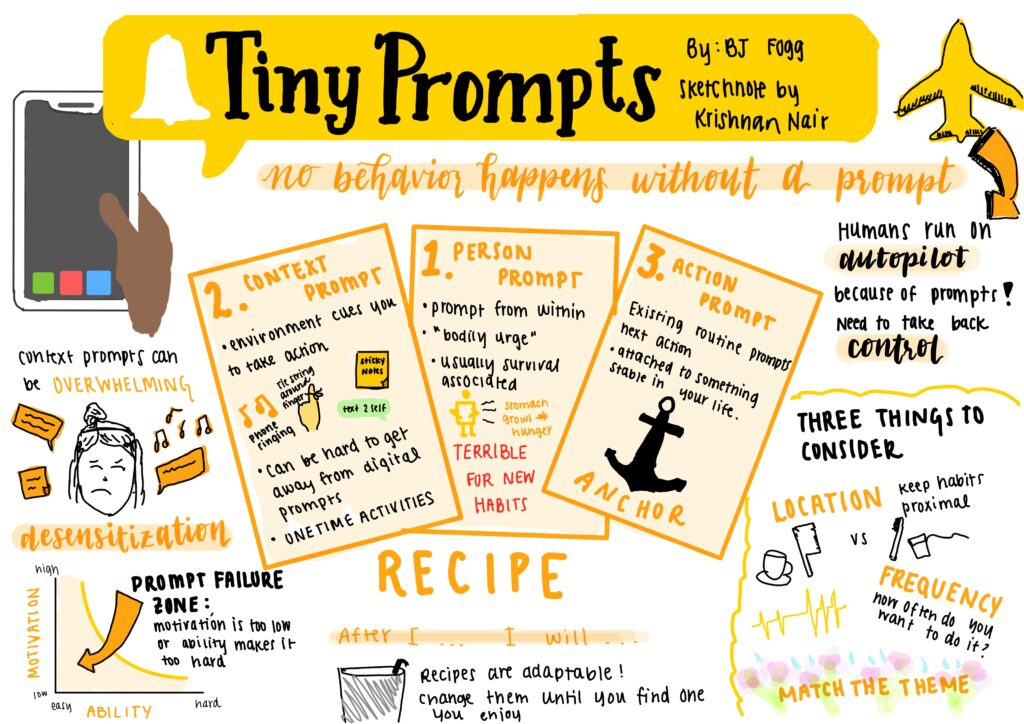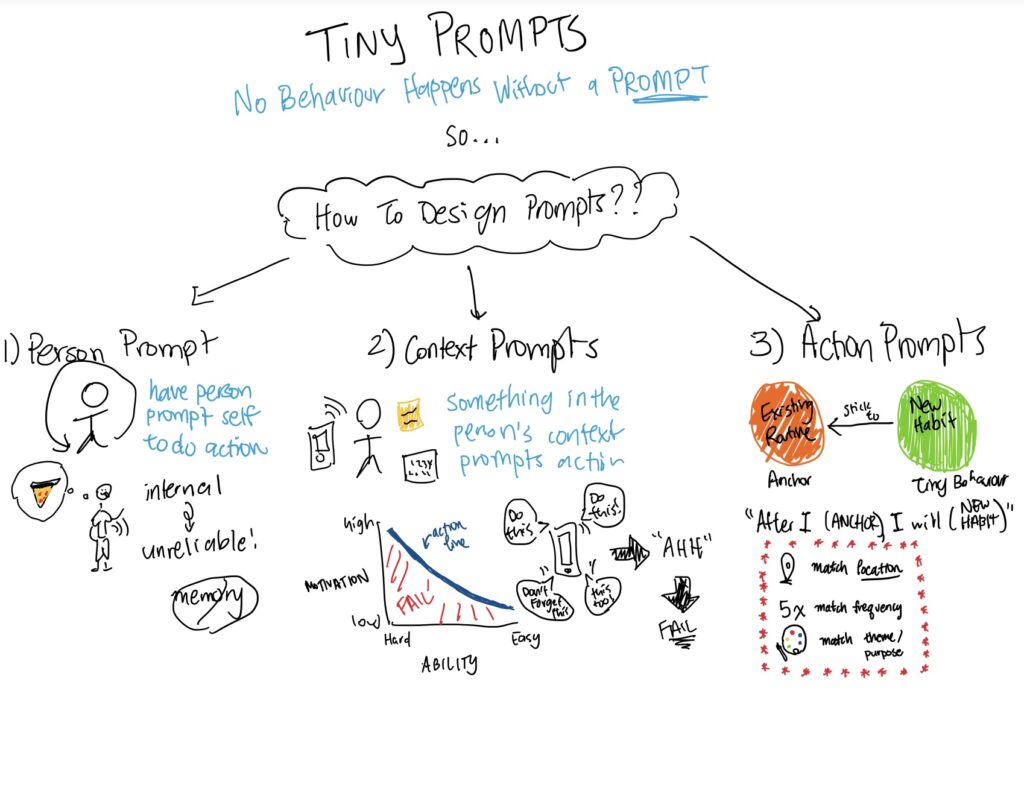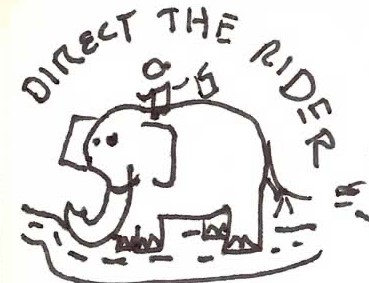Full Research Document
Customer Interview Insights
Key Insights
- Older diners (~60+) prefer smaller portions to avoid waste and manage health, while younger users are more value-conscious. Across demographics, people prefer bundled meals, like bundling soup with a sandwich. Seasonal menus are also appealing.
- Older diners favor routine and familiar items (e.g. the Tootsie couple’s recurring Caprese salad), while younger professionals (Casey) and travelers (Sarah) prefer concise menus with dependable, curated options. Overly large or customizable menus lead to choice paralysis. Simplicity, reliability, and a “made with care” feeling are valued.
- Younger users (20s–30s) rely on social media apps like TikTok, Yelp, and Beli for restaurant discovery. A modern and reliable digital presence would attract a younger demographic. Younger users are also more likely to use mobile ordering and rewards.
- Middle-aged and older customers value transparency in ingredients, health-conscious but not restrictive options, and an intentional “homemade” or “crafted” vibe. In general, quality, authenticity, and a good dining ambiance matter.
Competitive Analysis
Key Insights
- We may not be equipped to expand soup and bread beyond Oregon. Companies like Panera had a lot of backing even at its very start.
- A roadside location could be really great. We can put up billboards and if its rated well, people will naturally be inclined to stop there
- Could integrate some new ideas like free samples and a drive through. It would be nice to have a nice website with a functioning story summary, as well as being responsive on Yelp to build good relationships with customers. Integrating new technologies can help stay ahead of the curve.
- Ultimately need great food and great service
Secondary Research
Key Insights
- Customers see soup as comfort food (e.g. want soup on cold or sick days).
- Customers want to keep track of coupons and saving options
- Combo meals are in structural decline, but customers still appreciate having fewer menu options to save time deciding, while having the option to customize/substitute within those options.
- Customers care about the speed of service, especially when taking food to-go. They want to have a streamlined experience (navigation, UX) for online ordering that is consistent with in-person ordering/dining that allows for customization/substitution.
- Digital system management (e.g. online ordering, inventory tracking) requires structured infrastructure and staff with technological skills to run these systems.



